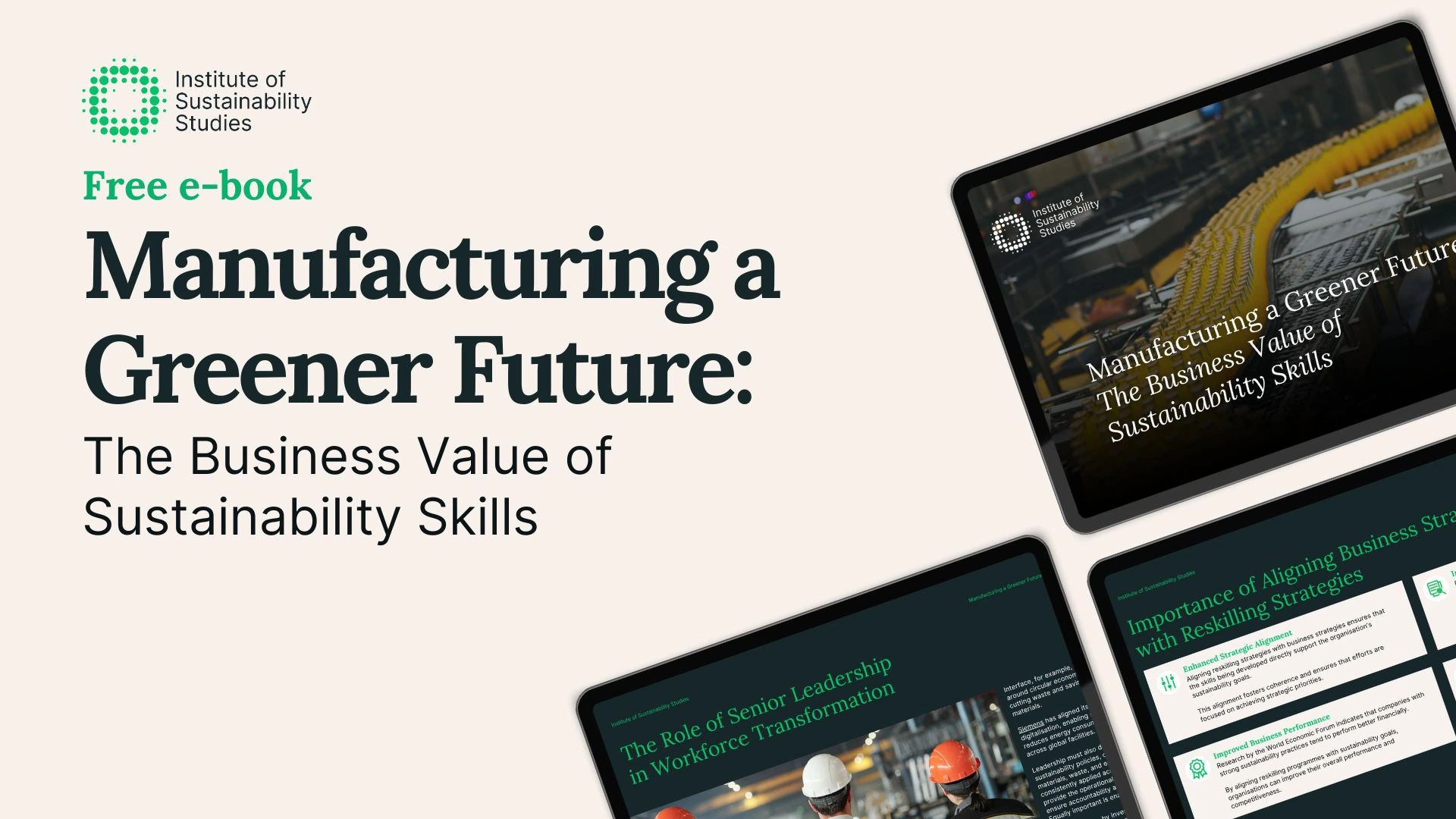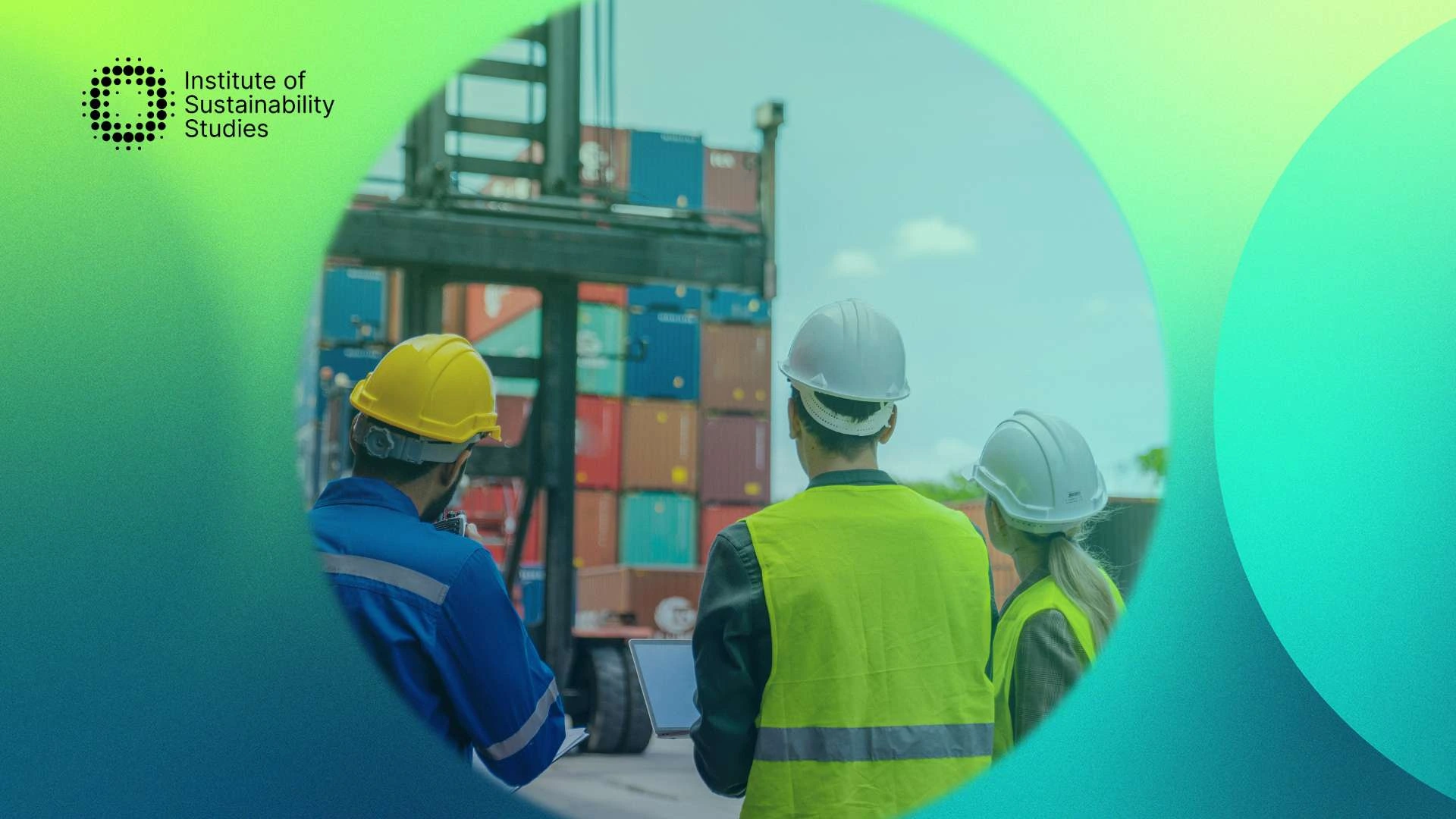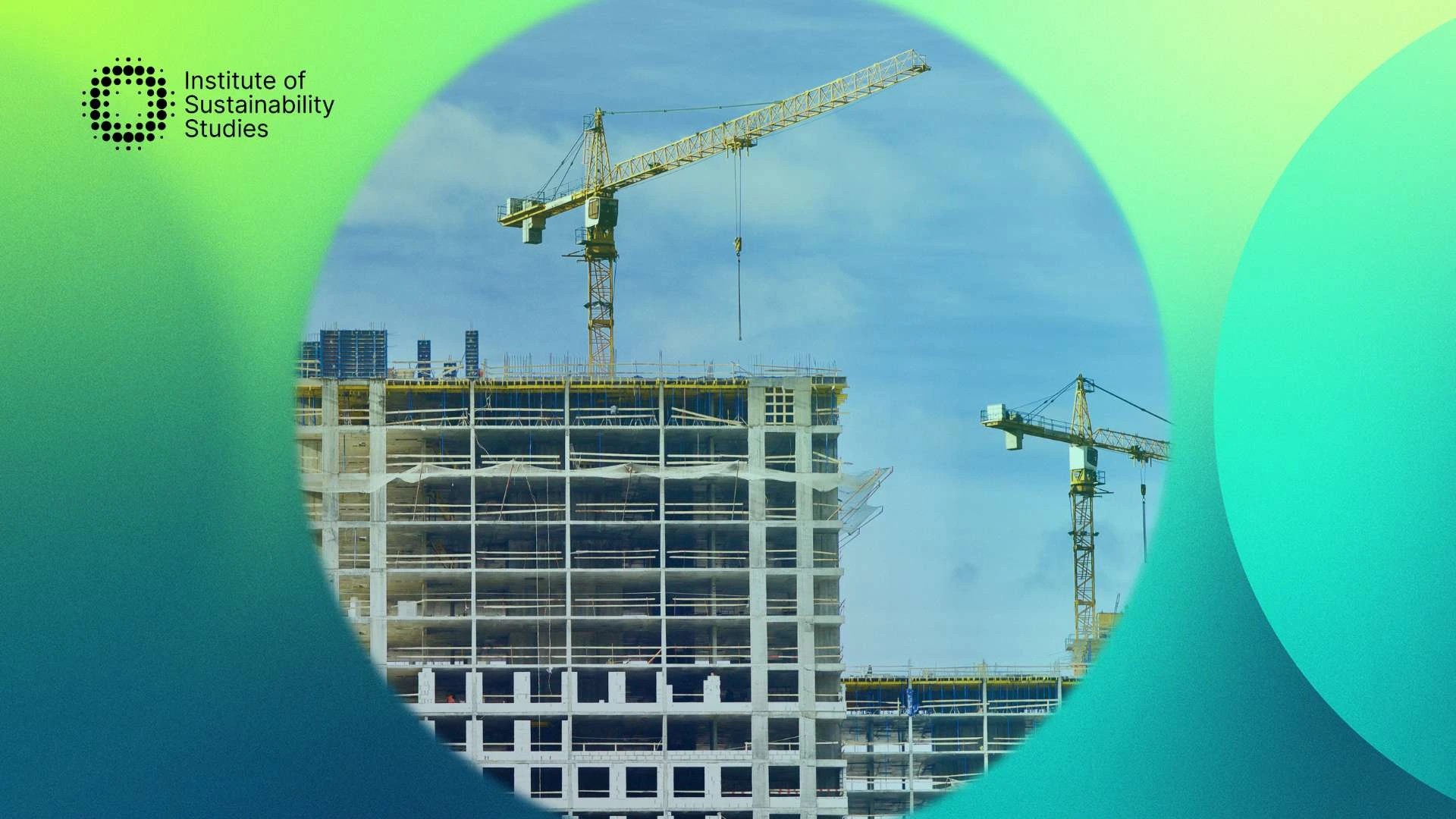Imagine transforming global challenges into your business’s greatest opportunity. Research from the University of Zurich has uncovered that businesses that strategically align their sustainability strategies with the UN Sustainable Development Goals (SDGs), not only mitigate ESG-related risks but also unlock unprecedented competitive advantages.
The UN Global Compact SDG Stocktake report tells a similar story: companies strategically embracing the SDGs are seeing the benefits of increased competitiveness and have positively impacted their economic position. These 17 ambitious goals represent more than a checklist; they’re a blueprint for resilience, innovation, and meaningful impact in an increasingly complex world.
By thoughtfully integrating SDGs into their core strategy, forward-thinking organisations can transform potential obstacles into engines of growth. They’re not just responding to global challenges but actively reshaping them. Navigating all 17 goals might seem daunting, but the right leadership can turn complexity into clarity.
What are the UN SDGs?
The United Nations Sustainable Development Goals (UN SDGs) consist of 17 interconnected global objectives aimed at addressing urgent social, environmental, and economic challenges. Launched in 2015 as part of the 2030 Agenda for Sustainable Development, these goals strive to foster a more equitable, sustainable, and prosperous world by the year 2030.
Adopted by all 193 UN member states, the goals provide a universal framework for governments, businesses, and civil society to enhance their efforts toward meaningful action. The goals cover various domains, including poverty reduction, improved health and well-being, gender equality, climate action, innovation, and more.
Transform your leadership approach and champion sustainability with our comprehensive business sustainability course
The role of leadership in aligning with the SDGs
Leadership within an organisation play a critical role in sustainability action. The SDGs are a great foundation for building a business’s sustainability plan, and aligning action to clear global objectives and leaders are the driving force behind aligning business operations and strategies with the SDGs. Achieving these global goals requires visionary leaders willing and determined to embed sustainability into their organisation’s core strategies, foster collaboration, and create measurable impact; intent must come from the top down.
Below are key areas where leadership is essential:
–Setting a vision and commitment: Leaders are responsible for articulating a clear, compelling vision that aligns their organisation’s mission and goals with the SDGs.
–Embedding SDGs into corporate strategy: Leadership ensures the integration of the SDGs into business strategies and decision-making processes.
–Mobilising resources and partnerships: To advance SDG goals, leaders have a responsibility to allocate resources (financial, technological, and human capital) to sustainability initiatives.
–Promoting a culture of sustainability: Leaders play a key role in fostering a workplace culture that prioritises sustainability.
–Driving accountability and transparency: Leadership ensures that organisations are held accountable for their sustainability commitments.
–Fostering global and local impact: Leaders must align their organisation’s sustainability efforts with both global SDG targets and local community needs.
–Mitigating risks and seizing opportunities: Proactive leaders anticipate risks associated with climate change, resource scarcity, and regulatory changes.
How to identify and align with relevant SDGs
Aligning business strategies with the UN SDGs is crucial to driving meaningful sustainability outcomes. However, businesses need to prioritise the most relevant SDGs to their operations, stakeholders, and industry. Here are some steps companies can take to identify and align with the most relevant SDGs.
Assess the business impact across the value chain
Begin by evaluating how your organisation’s operations, products, and services influence environmental, social, and economic challenges. For example, a manufacturing company may prioritise SDG 12 (Responsible Consumption and Production) due to the waste and resource use inherent in production processes. Mapping the entire value chain (from raw material sourcing to product disposal) can help pinpoint critical impact areas and align them with relevant SDGs.
Engage with key stakeholders
Engage stakeholders such as employees, investors, customers, and community members to understand which SDGs align with their expectations and concerns. Use a materiality assessment to align your ESG priorities with these insights. For instance, if water management is a key stakeholder concern, SDG 6 (Clean Water and Sanitation) may emerge as a priority. Additionally, review how industry peers address the SDGs to uncover opportunities for your business to make a meaningful contribution.
Align SDGs with core business activities
Focus on SDGs that align naturally with your organisation’s mission and core competencies. For example, a healthcare company might focus on SDG 3 (Good Health and Well-being), while an energy provider might prioritise SDG 7 (Affordable and Clean Energy). By embedding these goals into your long-term objectives, you can create synergies between sustainability and operational performance.
Elevate your leadership skills and integrate UN SDGs into your business strategy with our Business Sustainability Diploma
Engage leadership and governance teams
Incorporate SDG considerations into corporate governance frameworks to ensure strategic alignment. Assign accountability for SDG alignment to specific leaders or teams, and establish robust processes for tracking and measuring progress. Leadership buy-in is essential to embedding the SDGs into decision-making and driving meaningful outcomes.
Leverage sustainability frameworks
Use globally recognised frameworks like the Global Reporting Initiative (GRI), the Sustainability Accounting Standards Board (SASB), or Integrated Reporting (IR) to guide your alignment efforts. Resources like the SDG Compass or the UN Global Compact SDG Action Manager could also prove useful in mapping your business priorities against relevant SDGs.
Monitor and measure progress
Establish specific KPIs tied to your prioritised SDGs to measure progress effectively. For example, track emissions reductions to support SDG 13 (Climate Action) or workforce diversity goals to advance SDG 5 (Gender Equality). Continuously monitor your contributions and adapt strategies as needed to respond to new challenges and opportunities, ensuring sustained alignment with the SDGs.
Conclusion
The UN SDGs present an opportunity for businesses to lead in addressing critical global challenges while driving innovation and securing long-term success. By focusing on the SDGs most relevant to their operations, businesses can align their strategies with pressing societal needs, strengthen stakeholder trust, and future-proof their organisations against emerging risks.
Achieving meaningful progress, however, demands more than commitments; it requires actionable plans, measurable outcomes, and collaboration across sectors. As 2030 draws near, businesses that embed the SDGs into their core operations will position themselves as trailblazers in building a more balanced, forward-thinking, and globally responsible future.










